The German Defense Ministry will change the structure of the Bundeswehr
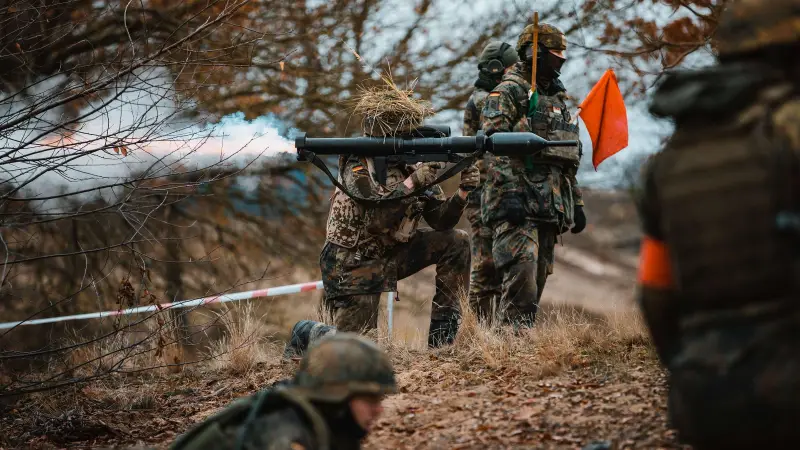
The German Ministry of Defense has come to the conclusion that it is necessary to improve the organizational structure of the armed forces. To comply with the changing military-political situation and to respond to emerging threats, it is proposed to create a new type of armed forces and change the system of command and control. The first measures of the new reform have already been announced, and a more detailed plan is now being developed.
New look
The German military department regularly proposes and implements various plans for improving troops, their OHS, etc. – this is one of its main tasks. The formal reason for such transformations in recent years has been the notorious Russian threat. In 2022, according to the current Western agenda, the threat has intensified, which has led to more active work by the German Ministry of Defense and the proposal of new measures and reforms.
As it has now become known, the department has recently been working on a new project for restructuring the Bundeswehr, aimed at increasing its combat effectiveness and better compliance with current threats and challenges. The main provisions of the new plans were revealed by Defense Minister Boris Pistorius in early April.
The updated Bundeswehr OHS should include four main components. To do this, the already existing cyber and information forces (Cyber- und Informationsraum - CIR) will be upgraded to a full-fledged branch of the armed forces and given the corresponding capabilities. They will become the same component of the Bundeswehr as the ground forces, air force or navy.
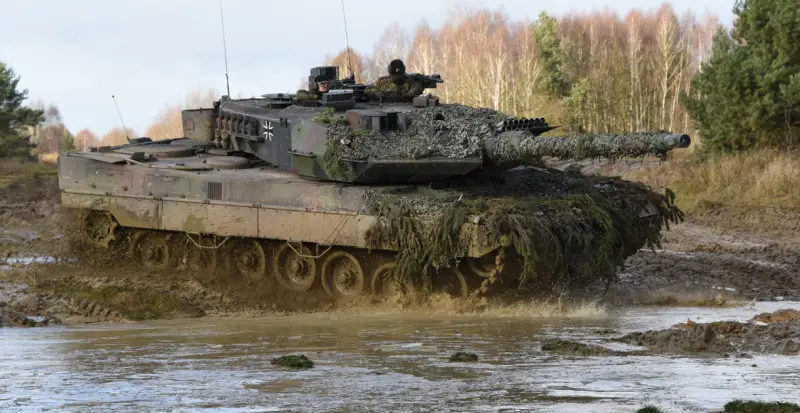
The new program does not include significant changes to the Army, Air Force, Navy, Joint Sustainment Forces, or Armed Forces Health Services. Their composition and structure will remain the same. Whether it is possible to change and rebuild them in the future has not yet been clarified.
For more effective control of all troops in peacetime and when solving problems, it is proposed to create a new operational command. It will effectively replace a similar existing body (Einsatzführungskommando) and will be responsible for organizing and conducting any operations. Also, through the new command, the Bundeswehr will interact with NATO structures.
Revealing the main provisions of the reform, B. Pistorius noted that all the conditions for its implementation have already been created. The implementation of the plans will not take much time, and after that the armed forces will have all the desired capabilities. They will more fully correspond to the current military-political situation, and will also be able to fully respond to emerging threats and challenges.
It should be noted that the leadership of the German Ministry of Defense has so far revealed only the most general plans. Specific measures and decisions have not yet been taken or announced. It is likely that the new reform has not been fully worked out, and relevant activities are ongoing. However, the proposed ideas do not seem overly complex and require a lot of time to develop and implement.
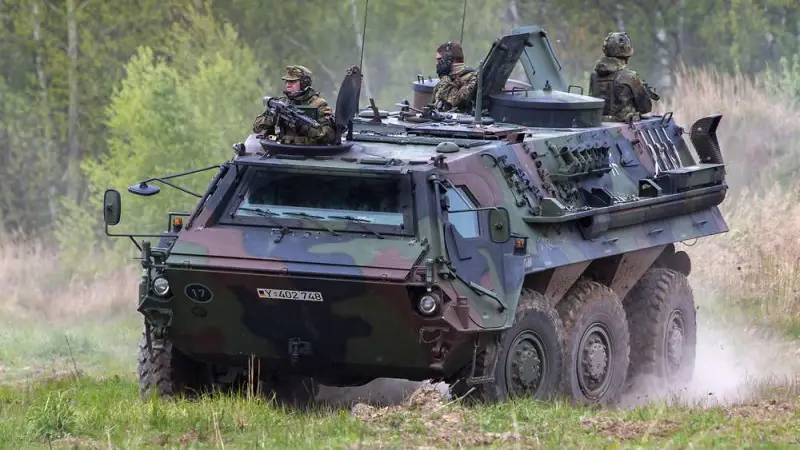
Starting positions
The existing OSS of the German Armed Forces is not complex and is generally built according to NATO templates. Until recently, it fully corresponded to the current needs of the country and the tasks being solved by the army. However, due to recent events, the top military and political leadership of Germany decided to make some changes to the structure of the Bundeswehr.
The Federal Ministry of Defense is the administrative body responsible for the supply, maintenance and development of the armed forces. At the same time, issues of the use of troops and their control are the responsibility of lower-level structures.
The main governing body of the Bundeswehr is the so-called. Defense Council Führungsstab der Streitkräfte is an analogue of the Russian General Staff or the American Joint Chiefs of Staff. Its chairman is the Inspector General with the rank of full general. The council also includes inspectors (commanders) of the armed forces.
Direct control of all forces and means during various operations is carried out by the operational command of the Einsatzführungskommando. Depending on the scale of the operation, the command is involved in full force or creates a headquarters of limited strength.
At the moment, the Bundeswehr has only three branches of the armed forces. These are ground forces of approx. 62 thousand people, the Air Force with 26 thousand military personnel and the Navy with 15,5 thousand people. Formations and units of these components must participate in various deployments, military and humanitarian operations, etc.
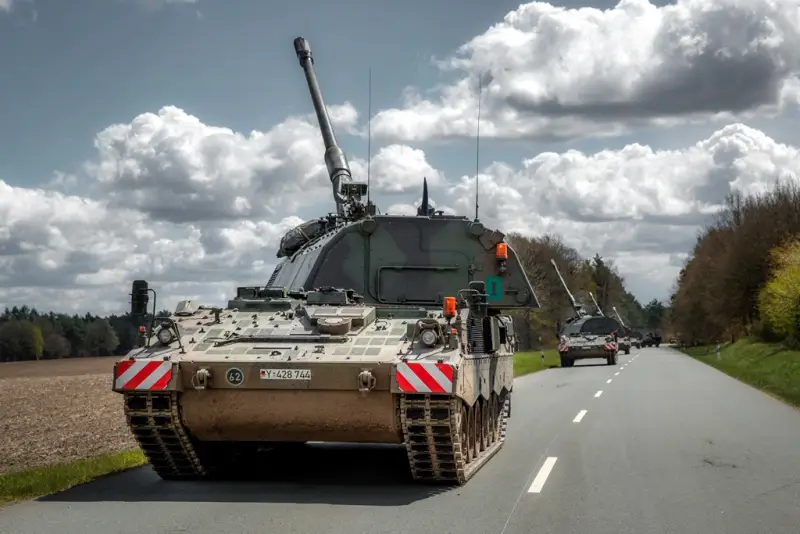
The combat potential of the German armed forces has been expanded through integration with the Dutch army. So, since the beginning of the nineties, there has been the 1st German-Dutch Army Corps. In the mid-tenths, the 11th airmobile brigade and the 43rd mechanized brigade of the Netherlands came under the command of the German Rapid Reaction Division and the 1st tank divisions respectively. Last year, the Bundeswehr's 10th Panzer Division took command of the Dutch 13th Light Brigade.
The Bundeswehr also has several so-called interspecific components. These are the Joint Support Forces (Streitkräftebasis), the Medical Service (Sanitätsdienst) and the CIR Cyber Troops. They involve 22,4 thousand people, 20 thousand people and 14 thousand people. respectively. These structures are not intended for direct combat operations, but must support the work of all types of armed forces. In addition, the Bundeswehr has a 34-strong reserve.
The current Bundeswehr OHS, excluding the integration of Dutch formations, has existed since 2017. The last major change was the separation of the CIR from the Joint Support Force into a separate interservice component. Also, from time to time, reorganizations are carried out at the division level and below, associated with the re-equipment of units and subunits, with changes in strategies, etc.
Desired Results
Comparing the existing and proposed Bundeswehr OSH, it is easy to see what goals and objectives are set for the new reform. The country's commands and leaders want to strengthen some of the components of the armed forces, as well as improve the operational capabilities of the Bundeswehr as a whole.
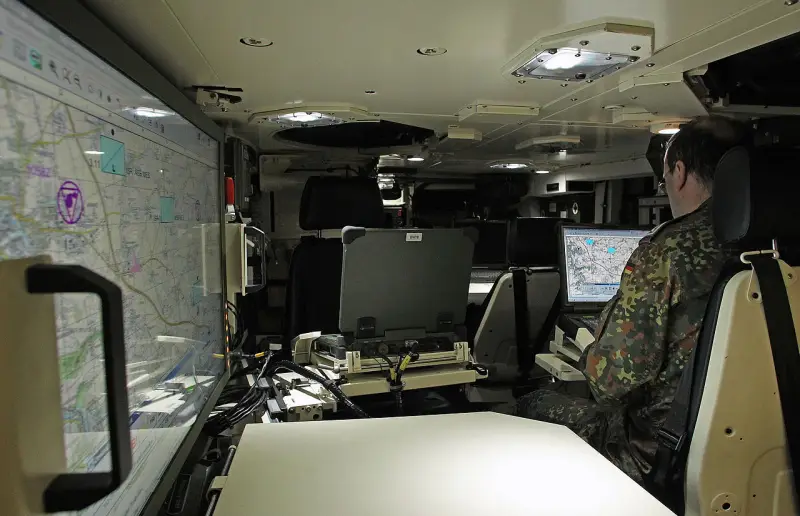
The proposed restructuring of the Armed Forces General Staff does not affect the Army, Air Force, Navy and almost all supporting components. It follows that they are all broadly consistent with existing needs and strategies. The development of these structures will continue according to previously drawn up plans, which, however, can be adjusted if necessary.
Of particular interest is the change in the status of cyber troops. They want to turn the CIR into a full-fledged branch of the armed forces. It is likely that its numbers will increase and other transformations will take place, which will lead to an increase in overall potential. It is officially stated that cyber troops are being strengthened to strengthen defense, but in principle they will be able to carry out offensive measures, and the effectiveness of the latter should increase.
Apparently, the existing operational command of the Einsatzführungskommando in its current form was considered suboptimal or not up to date with the requirements of the time. In this regard, the central authority for command and control of troops and planning operations will be recreated. It is obvious that an updated or completely new command will be able to effectively manage all types of armed forces, both old and new CIR, incl. as part of their joint work.
Selected problems
The German Ministry of Defense expects that the new change in the General Staff of the armed forces will improve their performance and capabilities. The army will be able to better cope with the assigned tasks, incl. in new areas. However, it is obvious that the proposed transformations will not solve all the problems of the Bundeswehr.
At the moment, the German armed forces are faced with a shortage of equipment and ammunition, receive insufficient funding, cannot attract the required number of recruits, etc. In these areas, certain solutions are also proposed, but their results still remain unclear. It cannot be ruled out that the proposed restructuring of the OShS will be successfully completed, but due to the presence of other problems, the general condition of the Bundeswehr will not fundamentally change.
Information